新年 快子 – Xinnnian Kuaile – Happy New Year!
Chinese New Year’s Day (新年) is celebrated this year on February 12. For nearly 3 weeks,February 4 to 26, different events will take place each day. This year, the year of the “Oxof metal “(牛 金 -niu jin) follows that of the” Metal Rat “(鼠 金 -Shū jin). It will end on the 31stJanuary 2022 to make way for the year of the Water Tiger (虎 水 -hu shui).
How is the Chinese New Year?
The New Year period begins with the “Little Chinese Year” or “Little New Year” (小 年 -xiaonian) and ends on the day of the “Lantern Festival” (元宵节 -Yuánxiāo jié), this year from 4 to 26February. New Year’s Day (新年 -xin nian) or “Spring Festival” (春节 -chun jié) is inthis period, this year on February 12. It is the most important traditional Chinese festival with the”Fête de l’Automne” and the “Fête Nationale, October 1st.This year, during the New Year period, one can attend cultural events online(exhibitions, interactive experiences, concerts, shows, gastronomy workshops
The Little Chinese Year
This holiday is the beginning of the New Year period, it is a traditional event of culturetraditional Chinese. It falls almost a week before the “Spring Festival”.In China, traditional festivals are linked to agricultural activities based on the lunar calendar,according to regions and ethnicities. For these occasions, the population meets according to ancestral rites.This is the way to show your joy, to share your wishes and to pay homage to the land, to theheaven and divine forces. The meal served to the family consists of rice, dumplings and sweetstraditional.
Little New Year’s activities
On the occasion of the “Little New Year”, we hang verses around the doors to attract favor.gods. We also stick on the windows cut papers in the shape of benevolent animalslike the bat.It is also customary to do a “big cleanse” to get away from things of the past andstart a healthier new year. We wash and cut our hair for a start to anew Year. Doing these actions after the New Year can make luck go away.
Beliefs
The celebration of Zaowangye (灶王爷), god of the stove or the kitchen is a custom that hasalmost gone. According to mythology, an official of the Jade Emperor, went toeach family to investigate and report on the 23rd (in the north) or the 24th (in thesouth) day of the 12th lunar month. We burned incense and prepared offerings (pork heads,fish, sweet bean paste, fruit, cooked dumplings, and other traditional sweets) so that itspeaks well of the family.The Chinese calendar of early spring (立春 -lì chūn) dates from the Western Han Dynasty (206av. AD to 24). It is formed by 24 solar periods and begins on the day of “Little New Year” andcorresponds to the moment when nature warms up.Other beliefs exist in villages where farmers make offerings to the gods andworship for a happy and prosperous year. If Lichun is sunny, theharvests will be good but if it rains, you will have to be careful.
What do we eat for Lichun?
On New Years Eve, Zaowngye returns for a ceremony. According to his report, he bringsblessings or curses for the coming year.At the beginning of spring rolled, the foods eaten on the first day of Lichun have theform. We eat spring rolls (春卷 – chūn juan), radishes or pancakesspring (春饼 -chūn bing) which is stuffed with different vegetables and meats cut into julienne andthat we roll. This custom is called yaochun (咬 春) and means “to bite into the spring”.
What to wear for Chun jié?
1. Wear new clothes to leave the old and welcome the new
2. Avoid damaged clothes as they attract bad luck all year round
3. Choose traditional Chinese outfits, usually red
4. Wear one of your favorite pieces that has its own story or was offered by a loved one.
5. Wear red, the lucky color that symbolizes happiness, love and luck, andhelps ward off bad vibes.
6. Avoid black and white, considered funeral colors.
7. Wear gold or gilt as it symbolizes wealth, fortune and luxury.
8. Do not do laundry for at least the first 2 days of Chinese New Year. We considerthese 2 days as the birthday of the God of water. Washing one’s clothes will offend the god andwill attract bad luck all year round.
Chinese astrology
Each new year is linked to a new animal in the Chinese zodiac. There are 12 animals thateach come back every 12 years. these animals are: Rat, Ox, Tiger, Rabbit, Dragon, Snake,Horse, Goat, Monkey, Rooster, Dog and Pig.Yin and Yang are 2 cosmic principles. Yin is associated with the moon and the feminine character, itis related to the Ox, Hare, Snake, Goat, Rooster or Pig.Yang is associated with the sun and the masculine character, it corresponds to the Rat, Tiger, Dragon, Horse,Monkey or Dog.Each year is also linked to an element that lasts 2 years: Wood, Fire, Earth, Metal and Water.
Characteristics of the natives of the Ox (牛-niu)
The new year is under the sign of the Metal Ox. Beef is important in the cultureAsian, it is associated with Buddhism and Hinduism. It is associated with the sign of Capricorn.The natives of the Ox love traditions and are persevering in everything they do. Theydo not accept failure. Rather lonely, introverted and modest, they know how to manage their emotionsdespite the fears. They only give their trust to those who deserve it. Sidepractical, they like everything to be in its place. Active and dynamic, they are aware oftheir value.The jobs that suit them best are: Composer, landlord, doctor, cook or chef,farmer, police officer, soldier, teacher, judge, banker, insurance broker, gardener.
Legendary animals
-The Lion (狮 子 -shizi)The lion is a lucky animal in popular belief. It symbolizes strength, courage andwisdom. Present at parties and celebrations, it attracts good luck with the “lion dance”.
-Koi Carp (锦鲤 -jin li)According to legend, the koi carp goes up against the current of the yellow river of China, passes the gate ofdragon, transform into a dragon and fly away. It represents bravery and perseverance, strengthand virility to achieve its ends and success.
-The monster Nian (年 兽 -nian-shou).
According to traditional folklore, the Nian is an evil animal with the head of a lion and the body of a bull. Itwould have given its name to the year (年 nián: an) and would be linked to the customs of the Chinese New Year.On New Year’s Eve, the Nian devours human beings. To move it away, we hang a strip ofred paper (the color of luck) with a line written on each side of the door. Welight torches and lanterns and fire firecrackers during the night to frighten Nian. Indeed,the monster is afraid of red, flames and detonations.On New Year’s Day, we visit family and friends to congratulate ourselves for preventing Nianto become. This custom resulting from a legend continues to be perpetuated.
New Year’s Gala
The Chinese have a tradition of watching the televised New Year’s gala around the dinner ofeve. Every year since 1983, a gala has been held to celebrate the “Spring Festival”. The Guinness World Records certified the evening as the world’s most watched TV showwith hundreds of millions of viewers. China Media Group produces the gala that it broadcastson Chinese New Year’s Eve. The Spring Festival Gala Night is a big gatheringcultural essential for the Chinese who gather as a family to watch and celebrate thetransition to Chinese New Year. The show starts at 8:00 p.m. (Beijing time) and ends at12:30 a.m. for the transition to the New Year. Folk songs, traditional opera, varieties,comedians, musical groups and Chinese acrobats are on the program.
This year, 154 large ultra-HD screens are installed on the stage of the Spring Gala. Distributedabove the rear area of the auditorium, they can synchronously access 154canals.
The new year begins when the fireworks are fired. The global television broadcast ofthe event allows you to follow it wherever you are.
New Years holidays
There are 7 public holidays in China (New Year, Spring Festival (Chinese New Year),Qingming Festival, Labor Day, Dragon Boat Festival, Mid-Autumn Festivaland the national holiday.For Chun jié, the population has a week’s leave during which they can meet infamily, rest or go on a trip to visit the monuments.
Spring Festival and Covid-19
The Covid epidemic hit China in November 2019 in Wuhan (Hubei province). Followingof the spread of the virus, the government has opted for the strictest containment. StartFebruary 2020, the international community offered to help.Last year, the country announced an extension of holidays for the New Year to reducemass gatherings effectively, block the spread of the epidemic and better protectthe safety and health of residents. The return to school has been postponed.Employees who could not take leave for the prevention and control of the epidemic couldrecover the days. Their wages and remuneration for the leave not taken have been paid.Today, China has taken the lead in economic exchanges following the regulation of the pandemic.Life begins again despite a few more outbreaks.
Commemorations across Asia
- VietnamFor the “Tet Festival” (name of the “Spring Festival” in Vietnam), locals place theseflowering peach branches in their homes so that the New Year brings them good luck. Childrenand adults receive red gift envelopes. They bring happiness to children andexpress New Year’s greetings and gratitude to their children, for adults.
- ThailandThe Chinese community has chosen Thailand as one of its countries of residence. The “Feast of Spring “is celebrated throughout the country by respecting the various rites of the Chinese New Year.family visits, we distribute 4 mandarins. As in China, there are national holidays forthat families and friends can visit.
- South KoreaIn South Korea, the “Spring Festival” is part of ancestor worship and expresses filial piety.Very attached to tradition, families present offerings to their ancestors and spend the holidaystogether and eat a rice cake soup. It’s an opportunity to rest from a hectic lifeand to enjoy the joy and happiness that emerges at this time across the country.
- Singapore70% of Singapore’s population is of Chinese origin. For the New Year, we findthe atmosphere specific to the new year in China. There are red lanterns in front of the windows ofstores. Mandarins and red envelopes are the gifts distributed on this occasion. In thestreets, we attend the dances of the dragon and the lion.
What does the year of the Metal Ox have in store?
The year of the Metal Rat was difficult in all areas (health, death, economic problems,politics, inequalities). The year of the Metal Ox indicates a way out of the crisis which will requirediscipline and self-sacrifice. The next 12 months will be based on appeasement and serenity. It will have to make sacrifices.
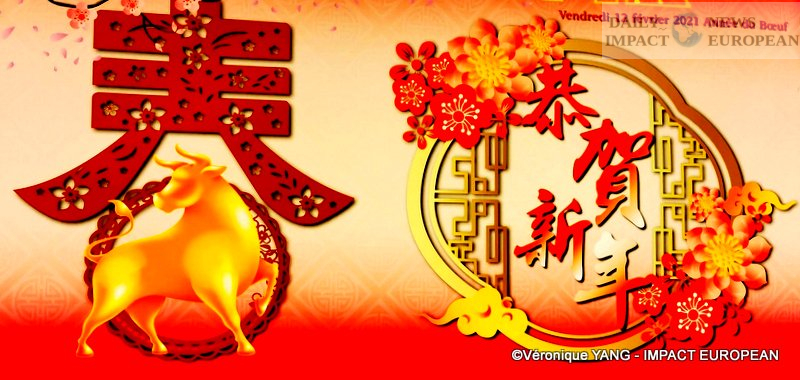

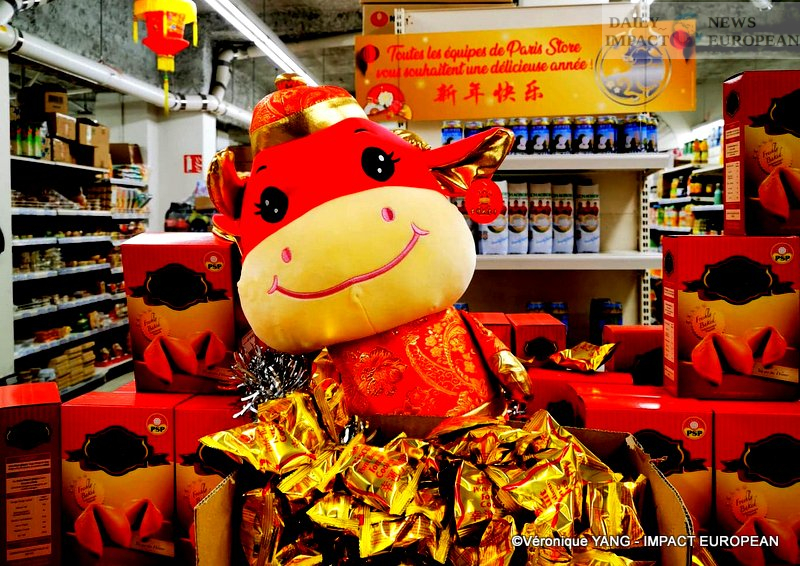
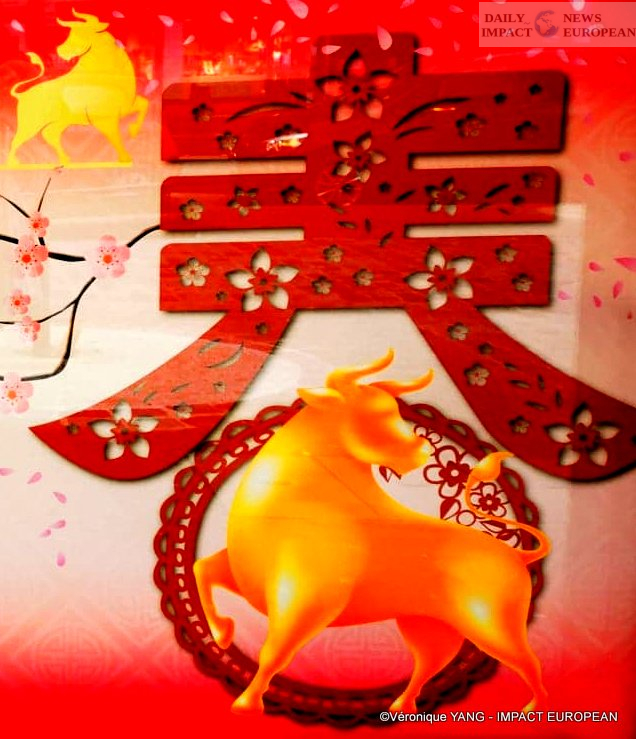
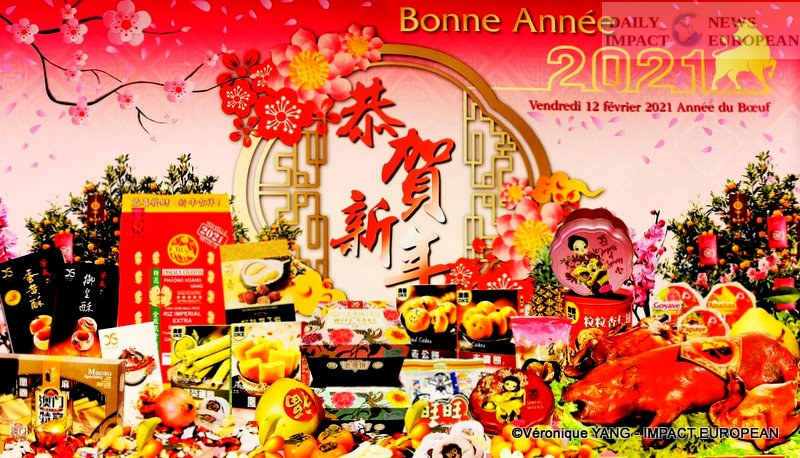
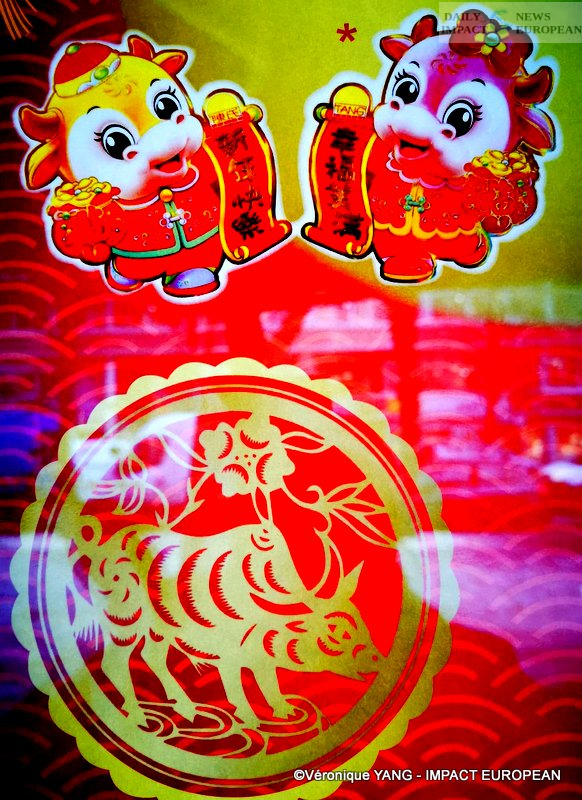
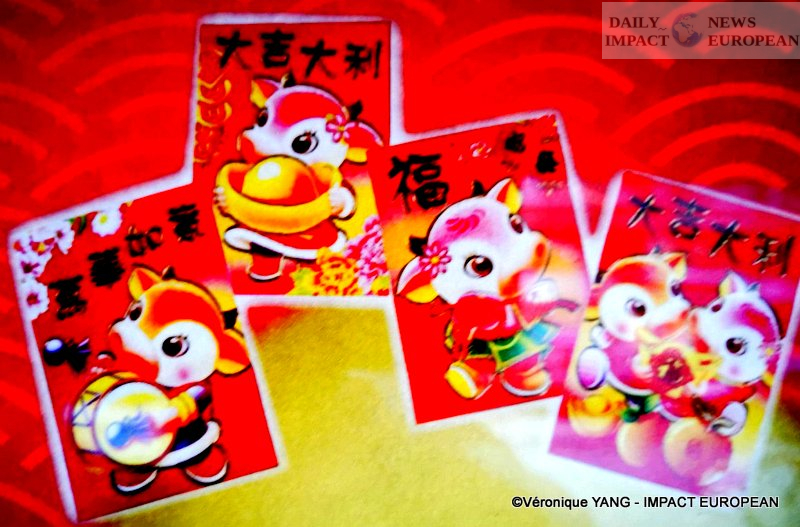
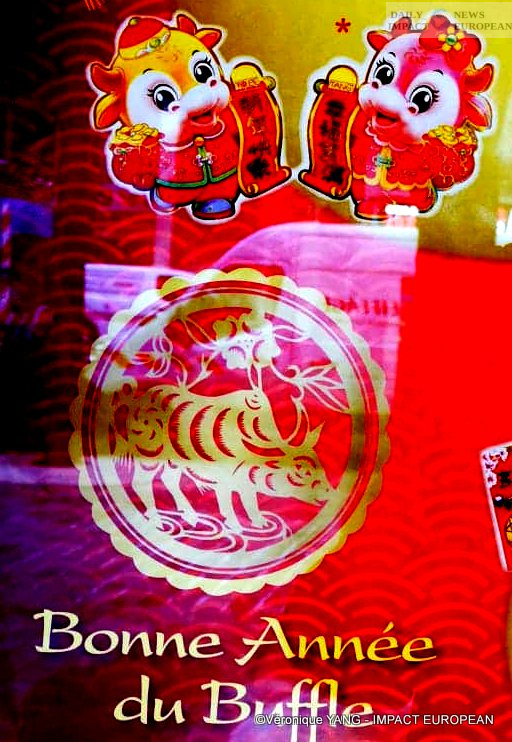
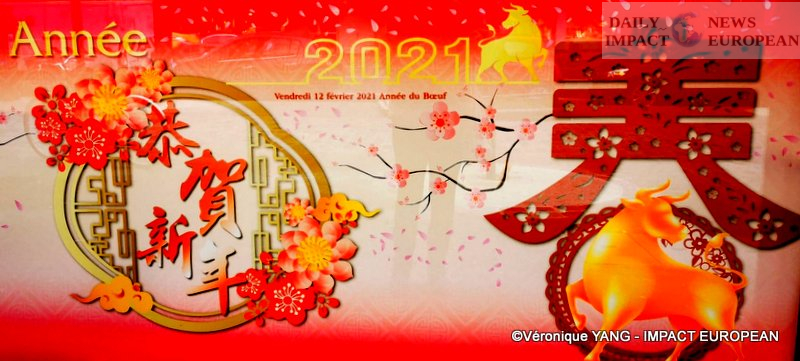

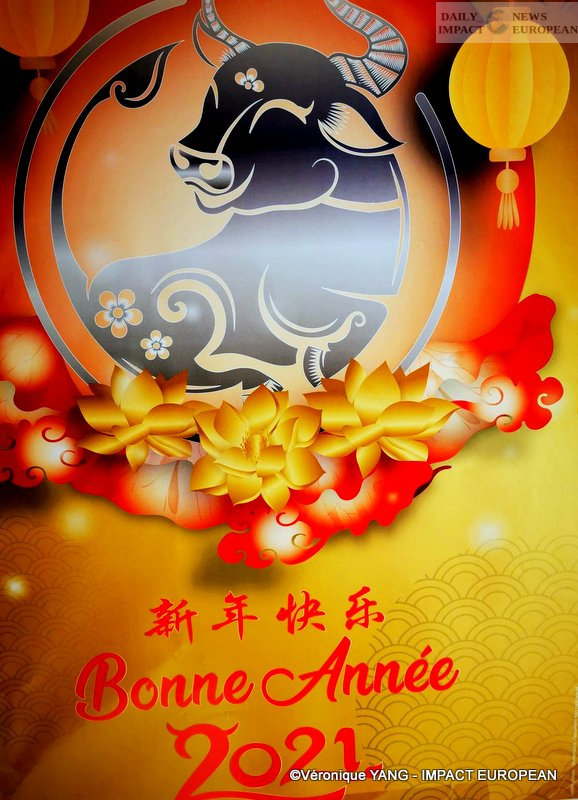
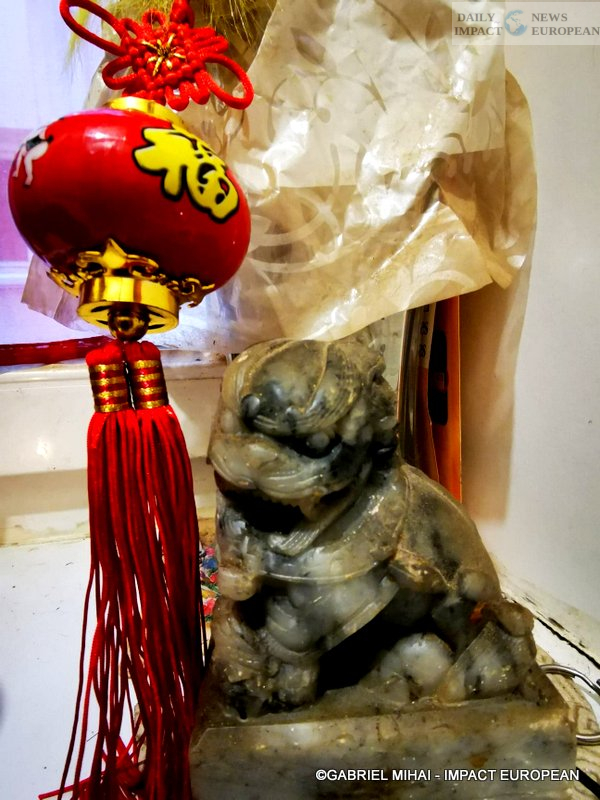
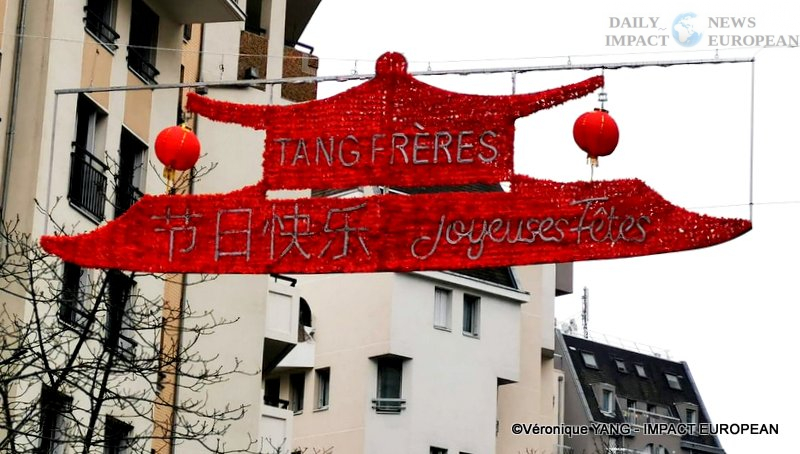
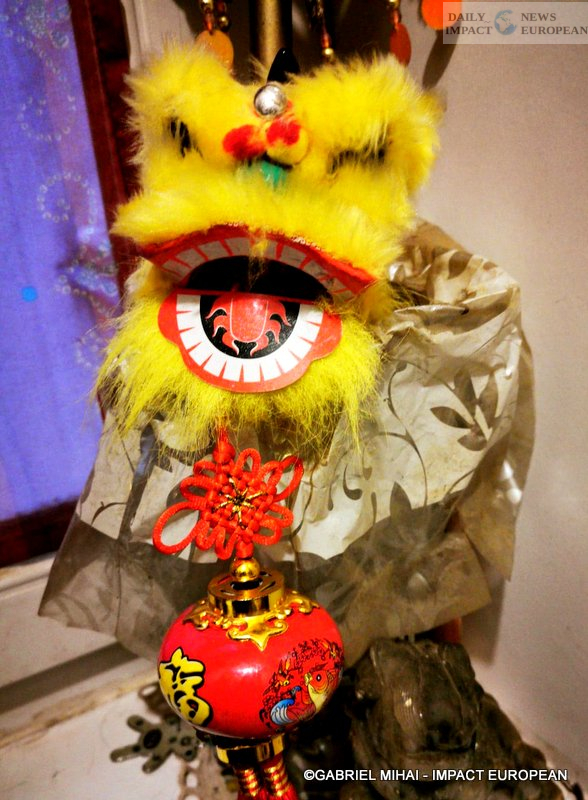
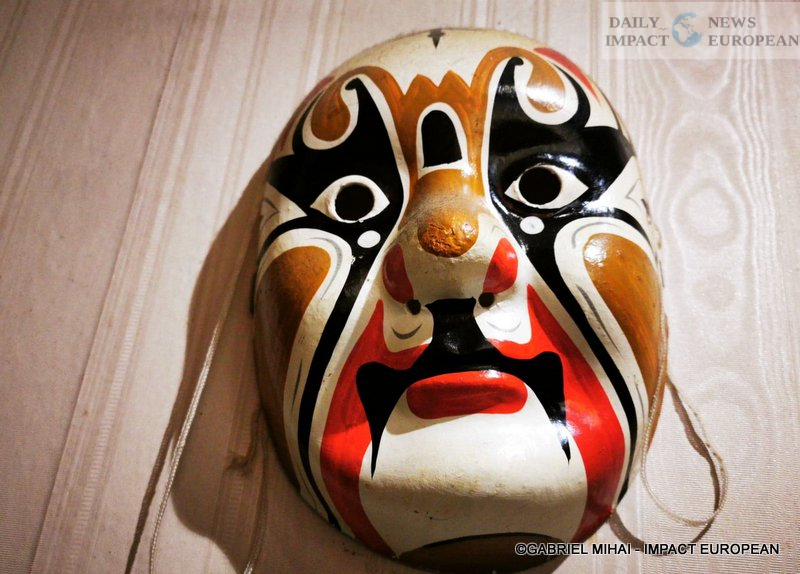
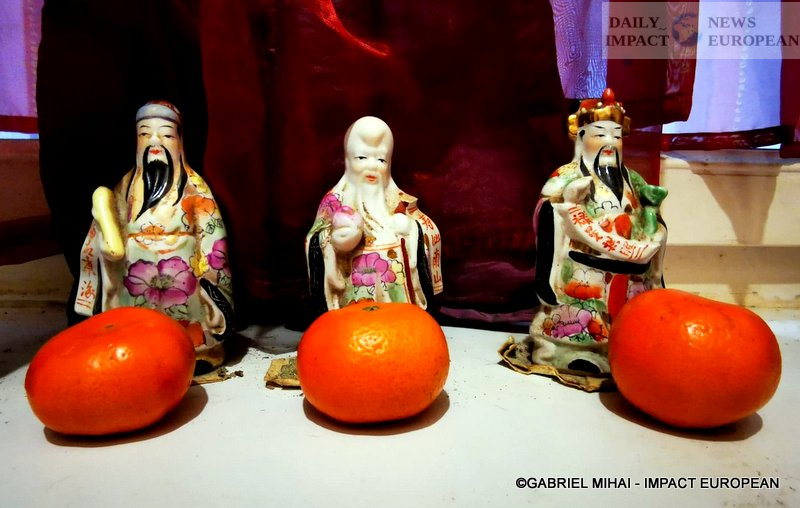
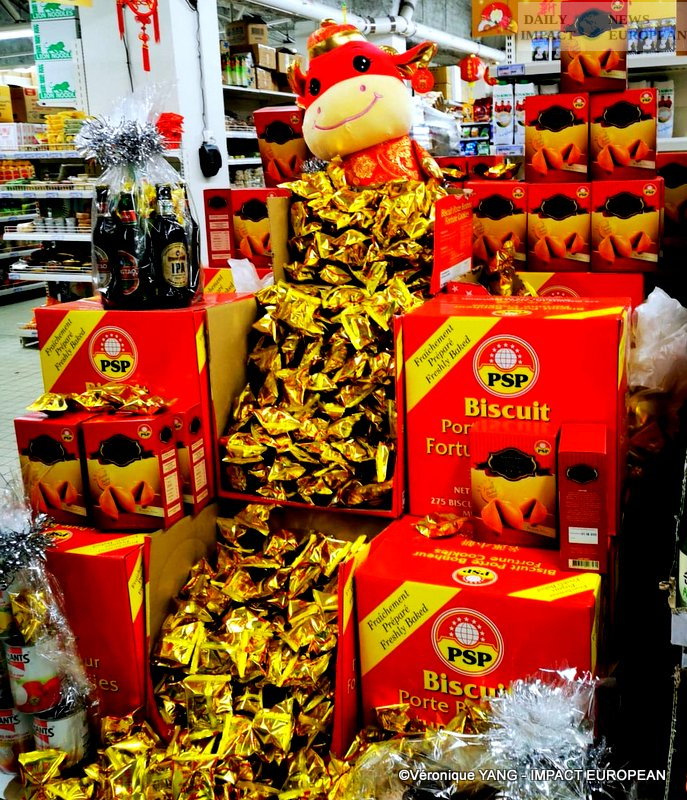
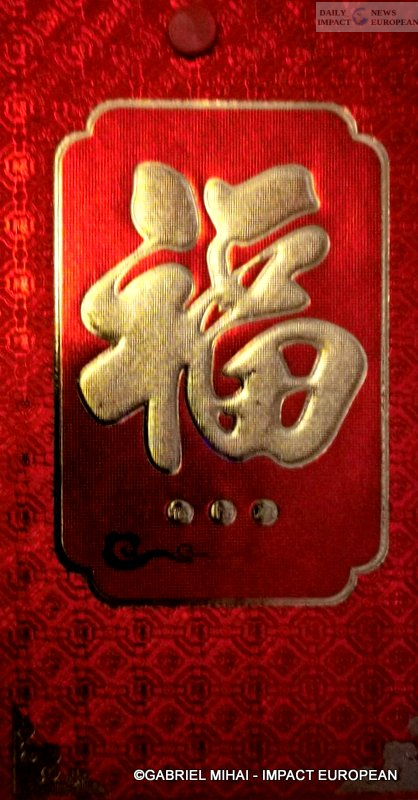
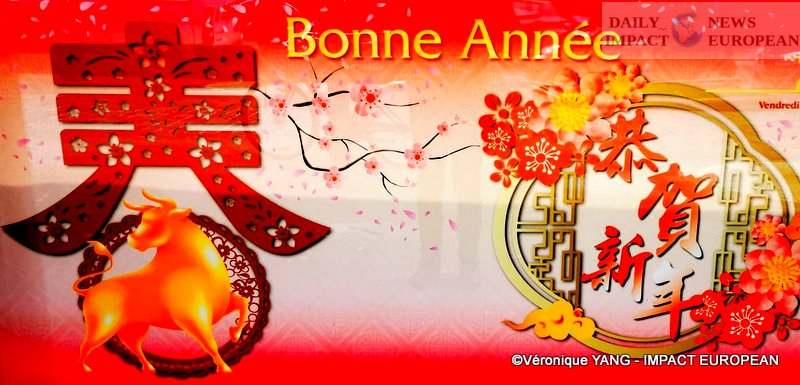
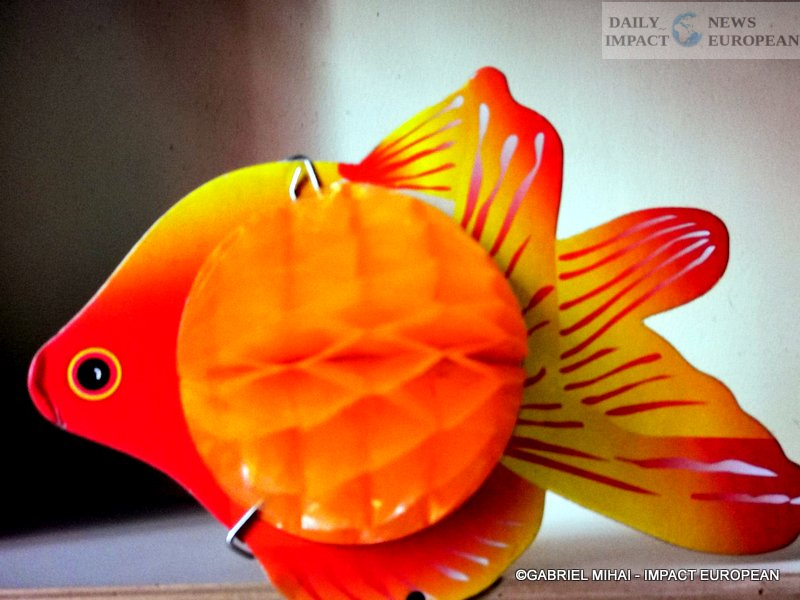
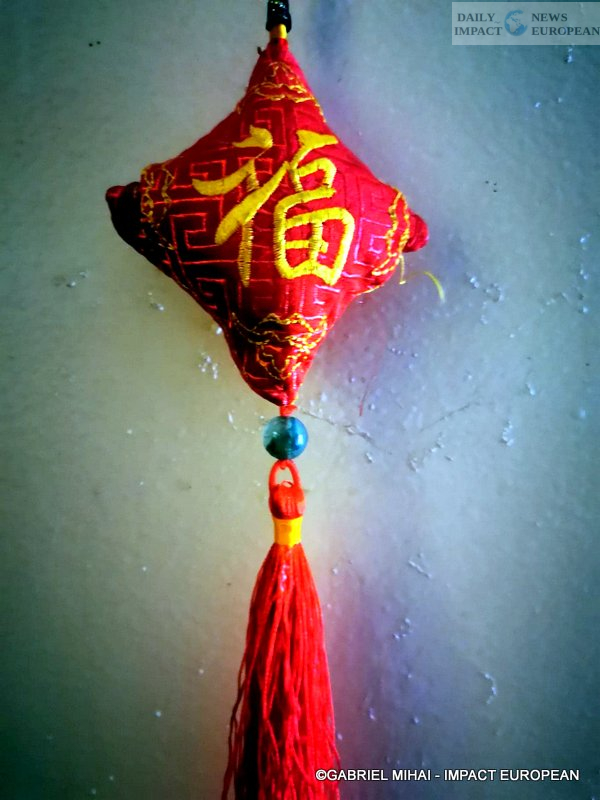
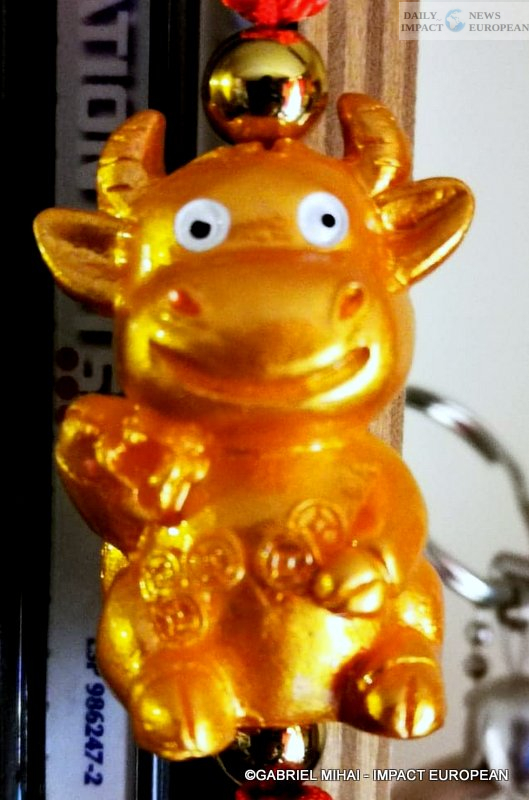
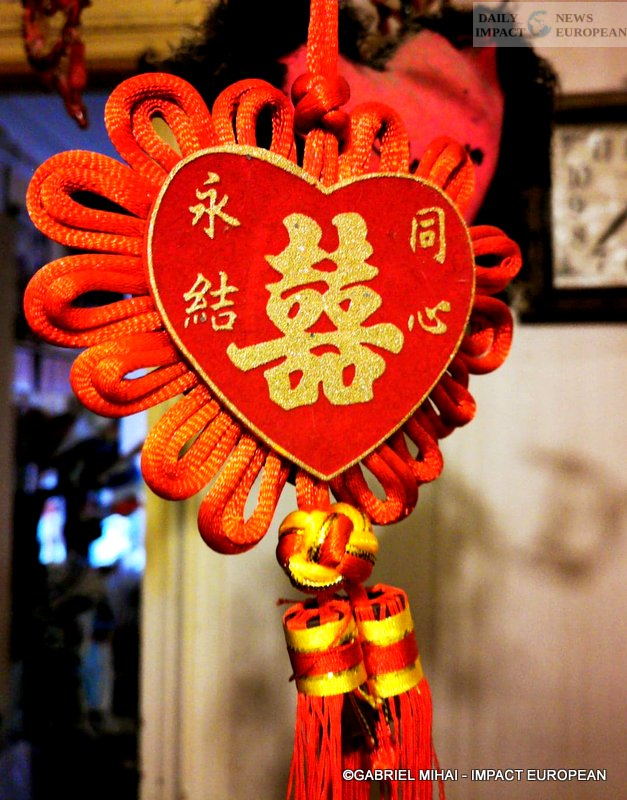
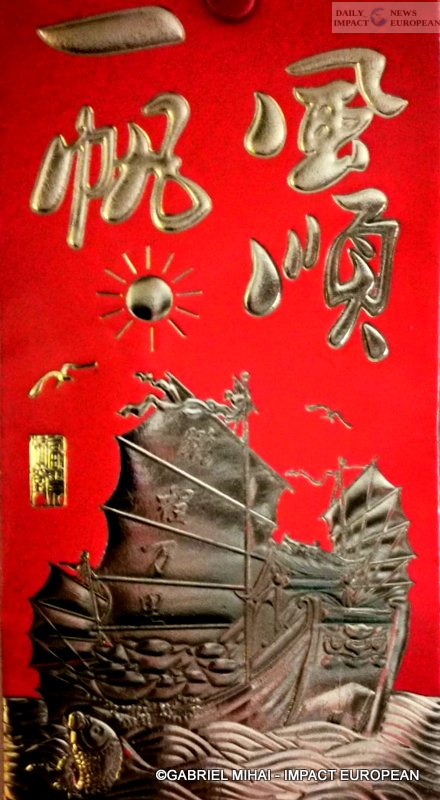
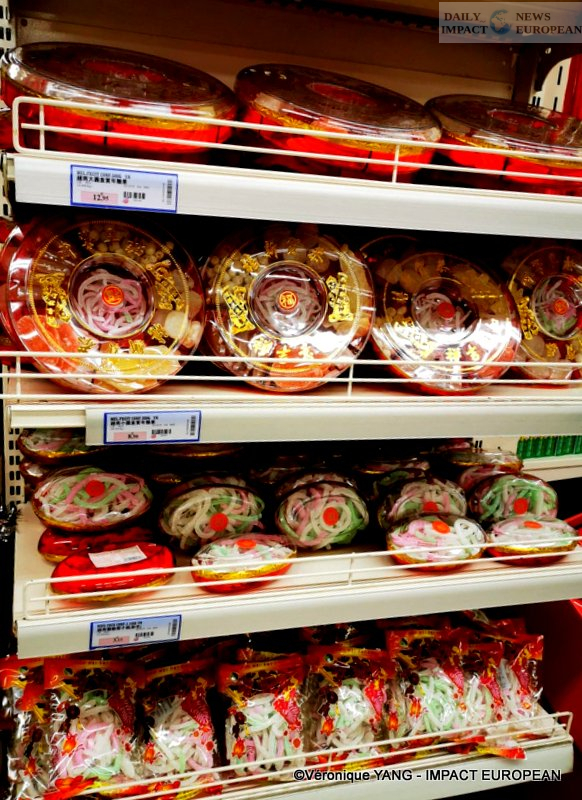
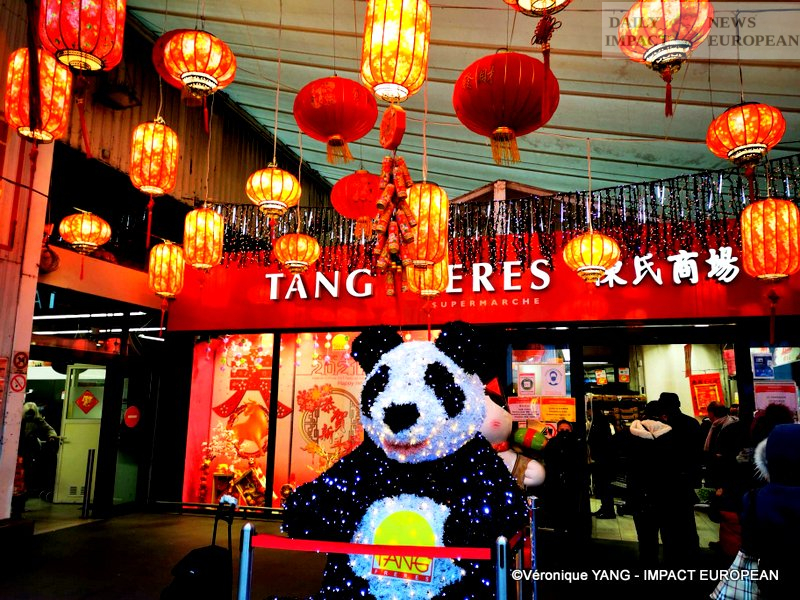
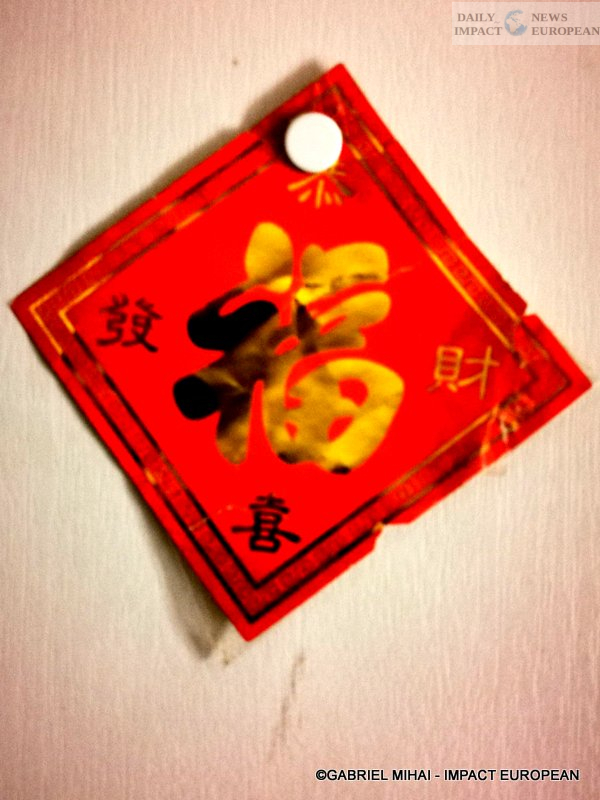

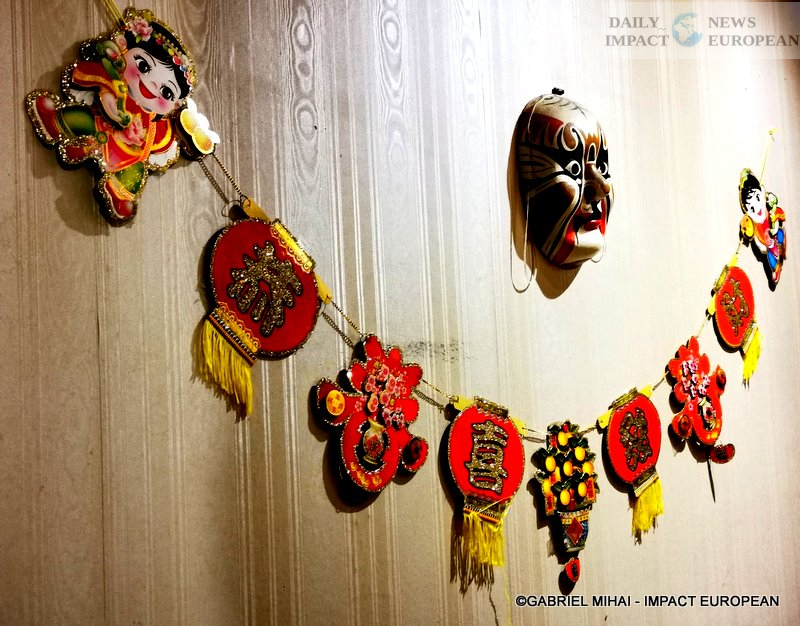
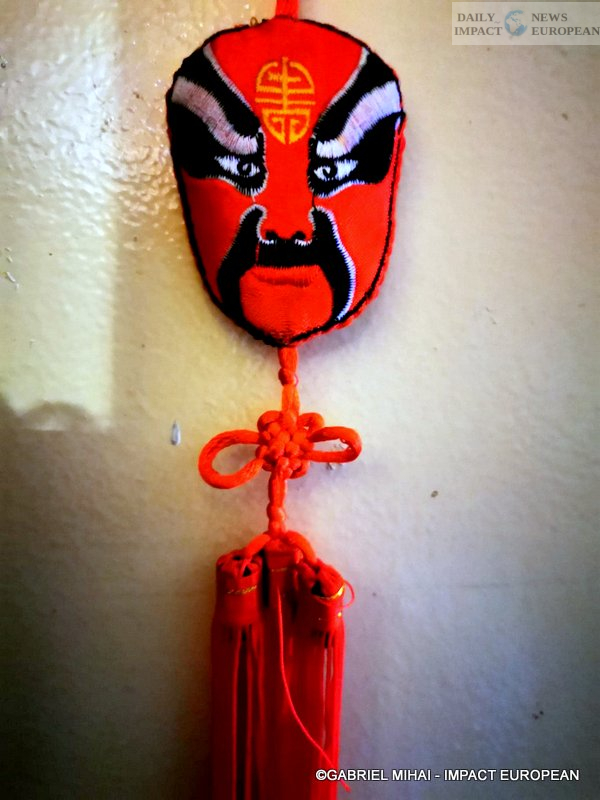
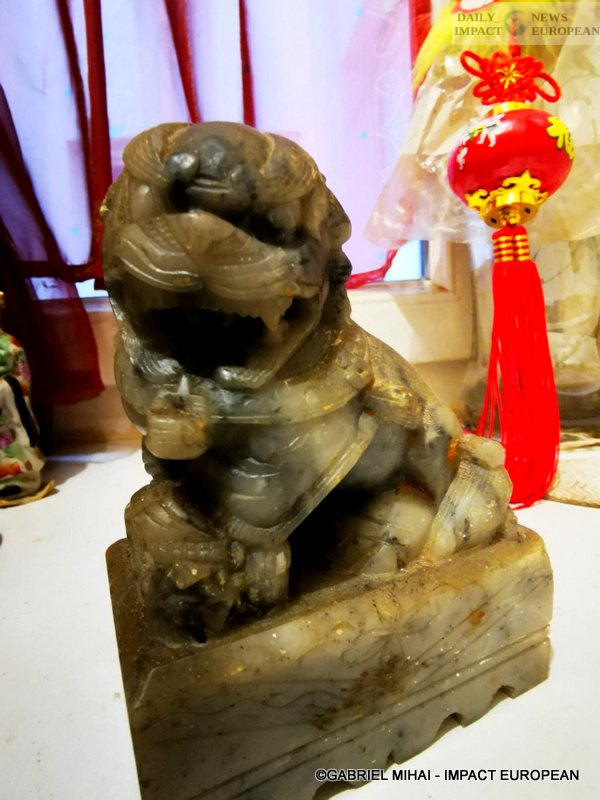
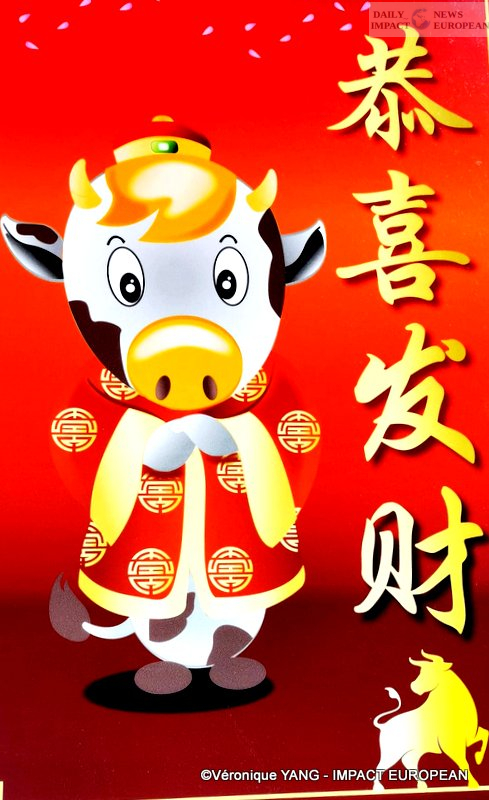
More Stories
METAL D’ALCOVE, the workshop of Eric KATZ, lighting sculptor in Montmartre
Paris Marathon 2024: Victory for Ethiopians at the Paris marathon
Gelsomina